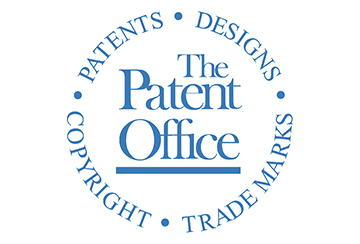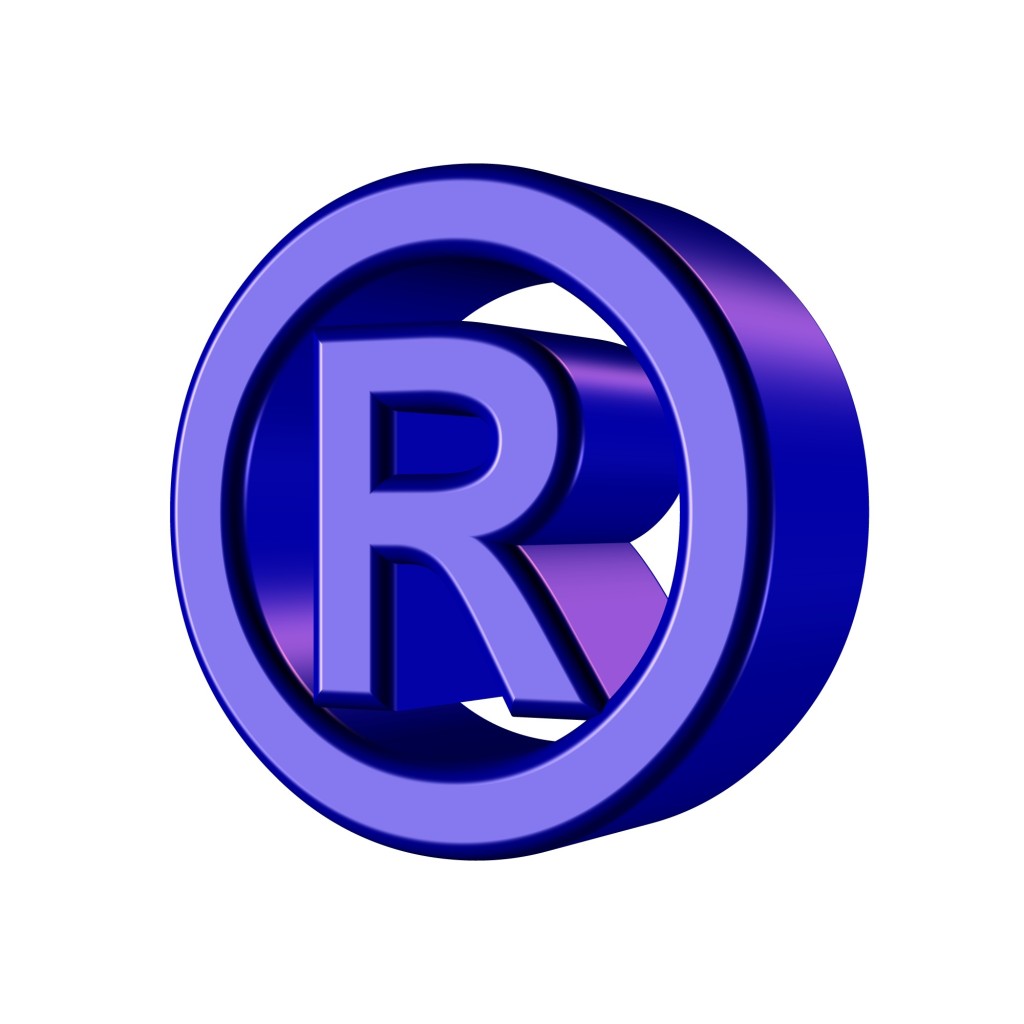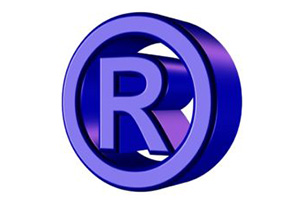AN OVERVIEW OF THE PROCESS FOR PATENTING AN INVENTION
The purpose of this document is to explain the timeline of the process for patenting an invention or design. The patenting process can be separated into a few main stages. Our firm will shepherd your patent application through these stages and will contact you regarding any documents or information needed by the United States Patent and Trademark Office (“USPTO”). Please read this document if you would like to learn more about the patenting process. Also, as an aside, your attorney may have recommended to you that a prior art search be conducted before making the decision to begin the patenting process. In short, a prior art search is a search for documents that could affect your ability to acquire patent rights on a particular invention. To learn more about prior art searches, click HERE.
STAGE 1 – PRE-FILING PERIOD
The first step of the patenting process is to prepare and file a patent application on your invention. Only patent attorneys and patent agents registered with the USPTO can represent another person or entity in front of the USPTO. To become a patent attorney, it is necessary to take and pass the Patent Bar Examination. Only those individuals with scientific or engineering education are allowed to sit for the Patent Bar Examination. Your patent attorney will advise you as to the most suitable patent application to suit your needs and business goals. After deciding on the type of patent application most suitable for your invention, your patent attorney will describe and claim the inventive aspects of your invention or design in a patent application that will be filed with the USPTO.
STAGE 2 – PRE-EXAMINATION WAITING PERIOD
After a non-provisional patent application has been filed with the USPTO, the patent application enters into a cue where the application waits to be assigned to an examining patent attorney (“Examining Attorney”) at the USPTO for substantive examination. According to the USPTO, as of July 2016, the average number of months from a patent application’s filing date to the date of examination is approximately 10 – 16 months.
In some cases, an inventor may choose to request Prioritized Examination, also known as a “Track One” filing. Track One or prioritized examination is a procedure for expedited review of a patent application for an additional fee. The USPTO’s goal for prioritized examination is to provide a final disposition within twelve months of prioritized status being granted. The additional prioritized examination USPTO filing fee alone is between $1,000.00 – $4,000.00.
STAGE 3 – EXAMINATION PERIOD
During examination of a patent application, an Examining Attorney at the USPTO will examine the patent application to determine if it meets the legal requirements to be granted patent protection. An Examining Attorney at the USPTO will analyze a patent application to determine the elements of the invention disclosed in the patent application. Next, the Examining Attorney will perform a prior art search to determine if prior exists art that discloses some or all of the elements of the invention seeking to be patented. In the patent world, the term “prior art” means disclosures or documents such as scientific publications, patents and patent applications that are known to the public before a patent application is filed. To read more about the legal requirements for determining if an invention is patentable, click HERE.
If all legal requirements are met, then the Examining Attorney will issue a Notice of Allowance. If all legal requirements are not met, then the Examining Attorney will send to your patent attorney correspondence, known as an “Office Action”. If an Office Action is issued, then at that time your attorney may prepare a Response to the Office Action. A Response to an Office Action must respond to each ground of rejection and/or objection made by the Examining Attorney.
In many cases, an applicant must respond to an Office Action within six (6) months of the date of an Office Action. If an applicant does not respond within the first three (3) months of the date of the Office Action, then the applicant is required to pay additional USPTO fees. If after responding to the Office Action the Examining Attorney at the USPTO believes that your application is in condition for allowance, then the USPTO will issue a Notice of Allowance. If the Examining Attorney disagrees with the arguments raised in the Response to the Office Action, then the Examining Attorney may issue a Final Rejection. At that time, an applicant has several options as to how to respond to the Final Office Action. To read more about responding to Final Office Actions, click HERE.
As an aside, eighteen (18) months after the earliest filing date of the patent application, the USPTO will publish the patent application. The publishing of a patent application does not necessarily mean that a patent application invention will be granted a patent. However, the publishing of a patent application does mean that the patent application and all documents filed with the USPTO related to application are available to the public.
STAGE 3 – POST-EXAMINATION PERIOD
If the applicant is entitled to a patent under U.S. law, the USPTO will issue a Notice of Allowance stating the reasons why your patent application is entitled to patent protection. After the USPTO has issued a Notice of Allowance, the Applicant is required to pay an Issue Fee to the USPTO. An applicant must pay the Issue Fee within three months from the date of the Notice of Allowance. Once the issue fee has been paid, typically, it will take one to two months for a patent to issue and to receive a patent number. If an Applicant does not pay the issue fee, then the patent application will go abandoned.
STAGE 4 – PATENT MAINTENANCE PERIOD
After a patent application has been granted, the applicant is required to pay maintenance fees to the USPTO periodically. Maintenance fees or renewal fees are fees that must be paid to maintain a granted patent in force. An Applicant is required to pay to the USPTO patent maintenance fees at 3.5 years, 7.5 and 11.5 years from the date of issue of a patent. If an applicant fails to pay the patent maintenance fees, then the patent will go abandoned.
The attorneys at The Plus IP Firm have helped hundreds of clients navigate the patenting process. To read more about Derek Fahey, the author of this article, click HERE. If you have any questions, please do not hesitate to contact us at (954) 332-3584 or for more information about or firm go to www.plusfirm.com.












